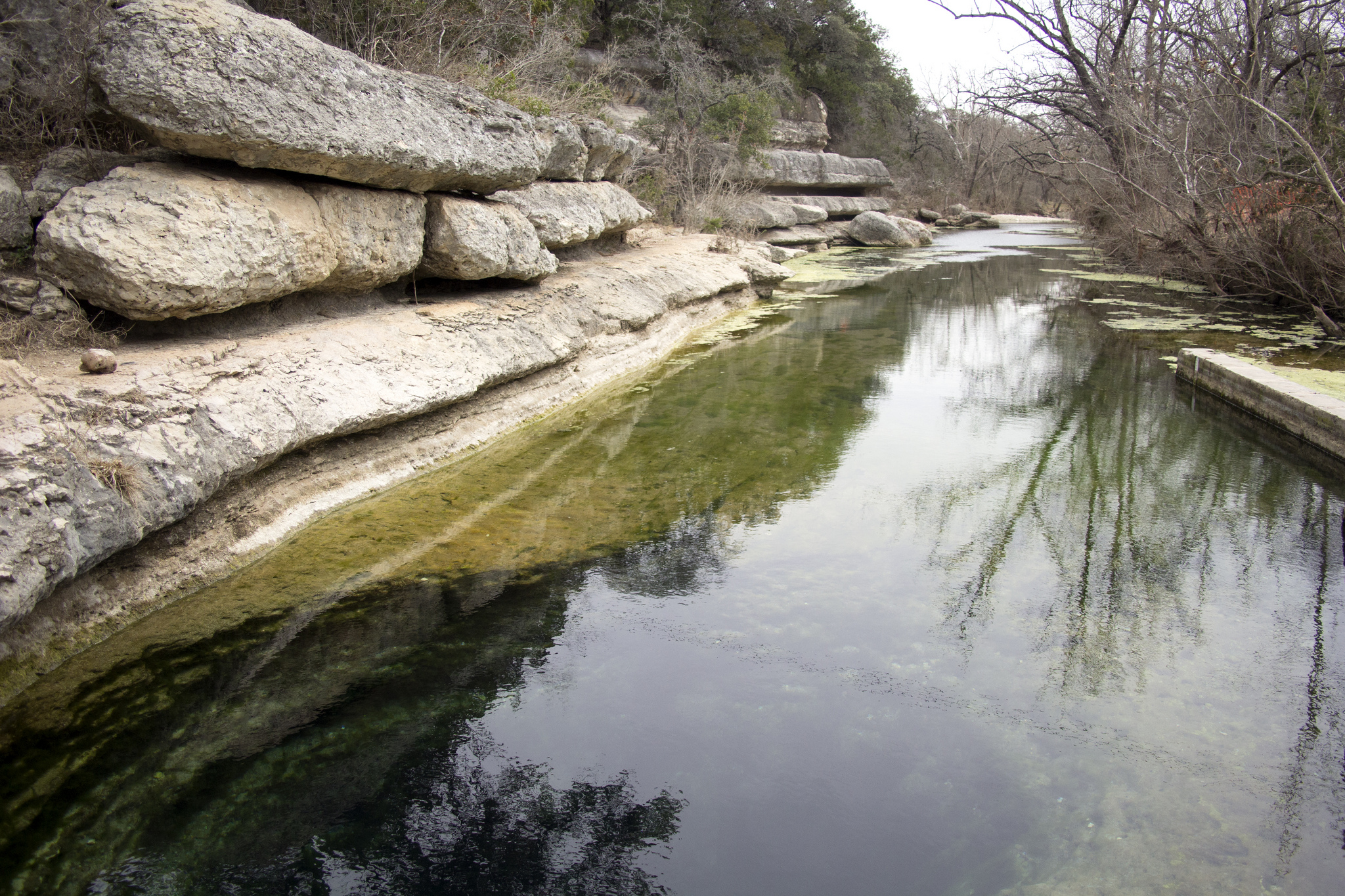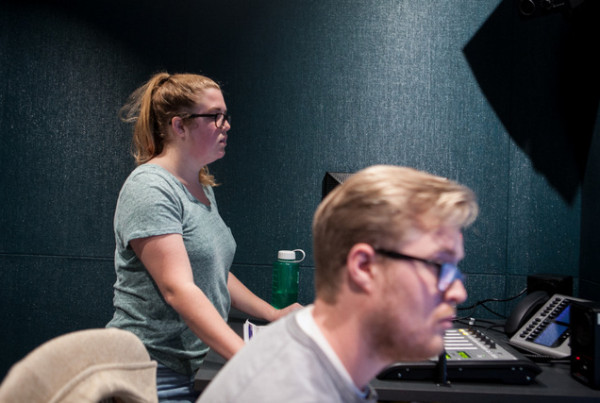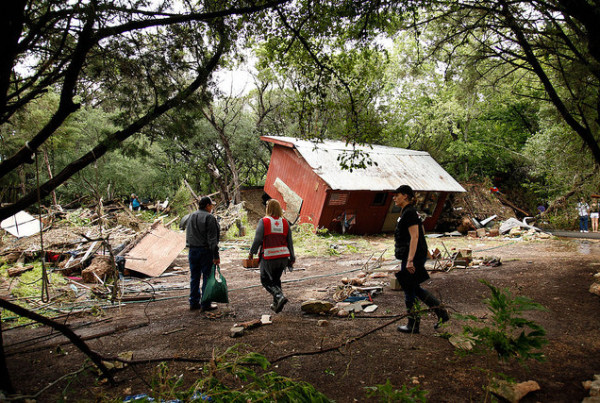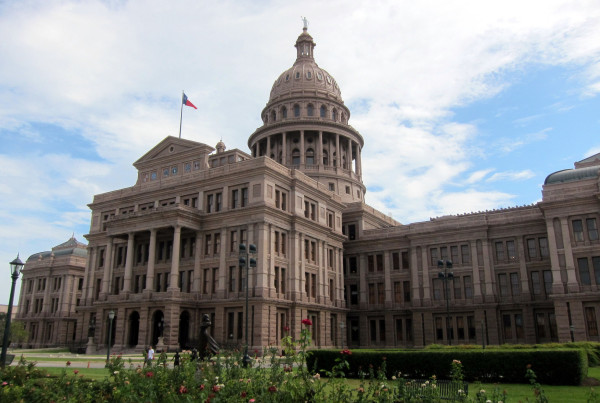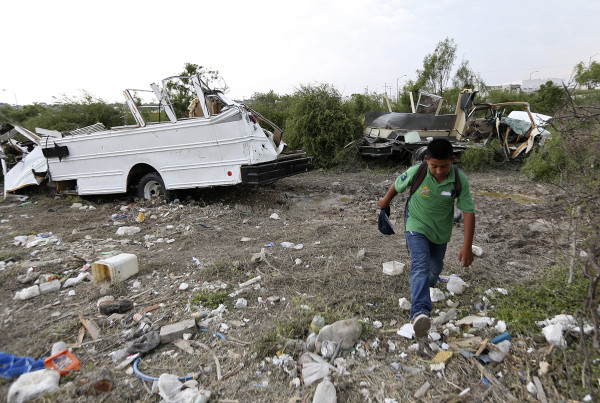The ground is saturated, the grass is green and the state climatologist has declared the statewide drought as we’ve known it since 2010 – effectively over.
But… there’s at least one piece of the puzzle that’s not quite there yet: some of the state’s water supplies – including the lakes that supply much of the Austin area.
John Hoffman is with the Lower Colorado River Authority. He says the lakes are now more than 50 percent full – that’s up about 20 percent from where the lakes were earlier this year – but it isn’t enough.
“In terms of managing the drought, it’s very wet out in the Hill Country right now, but we’ve been very very dry for a number of years,” Hoffman says. “It’ll take some time and several cycles of this activity to fully replenish our supplies.”
That’s true for some of the state’s lakes that were hit hardest by the drought, but even more so for aquifers. About 60 percent of the state’s water supply comes from underground. And aquifers aren’t always easily replenished – or recharged.
“So basically you have water that would be infiltrating through the soil, getting past the root zone of plants and trees and, ultimately, moving slowly through that sandy soil into the aquifer itself – so that takes some time,” he says.
Larry French is with the Texas Water Development Board. He says most of the state’s aquifers are slow like this to recharge – with at least one notable exception: the Edwards Aquifer. It serves over two million people over eight counties – including the city of San Antonio.
“That aquifer is an aquifer that does respond quickly to recharge,” French says. “In fact, I was just checking that the index well that the Edwards Aquifer Authority uses as kind of a measure of what the conditions are in that aquifer, the water level in that well has risen seven to eight feet in the last week.”
But some of the benefit of rain to aquifers is actually not even the water that trickles down through the earth… it’s the water that is never taken from the aquifer in the first place.
“In many cases, what you see in how aquifers respond to periods of rain is that people will need to pump less,” he says.
And pumping less is what many Texas communities continue to encourage.
Wichita Falls became the poster child for water insecurity when the city turned to reusing treated wastewater when supplies were extremely low. Now, the lakes are almost at capacity but John Ingle with the Times Record News says water restrictions aren’t going away.
“Talking with our city leaders here I think it’s safe to say we’re not going to go back to you can water your yard anytime you want to as long as you want to,” Ingle says. “We’ve learned from this drought and we’re going to have a new normal. We’ll never go back to no restrictions whatsoever.”
Texas has been in a pattern of flood and drought. And it doesn’t take long after the flood to see the drought again.


